- 10 minute read
- Business Management Tips
- Dashboard & FareHarbor
Intermediate
Get a behind-the-scenes-look into FareHarbor's 2024 season

Whether you just got onboarded or have been with FareHarbor since the beginning, you’ve probably noticed there are many Dashboard features to take advantage of.
From Dashboard basics like availabilities and manifests to more advanced areas like seating arrangements and booking flows, every part of our software is designed to help you manage your bookings.
To make the most of the Dashboard, you need to know how to navigate it like a pro, and that starts with understanding the terminology. It’s easy once you get the hang of it, but if you ever get stuck, refer to this guide to quickly find what you’re looking for and get back to operating your awesome activities.
 General Dashboard Terminology
General Dashboard TerminologyDashboard: The “backend” of FareHarbor, which requires a FareHarbor account and login to access. The Dashboard is an all-in-one system for your company to manage bookings, calendars, customer communication, and more.
Shortname: Your company’s unique identifier in the Dashboard (e.g. bestbrooklyntours).
Availability: An availability is a specific date and time when an item can be booked. Once availabilities have been added to your Dashboard and made bookable online, your customers can start making reservations directly from your website. Most availabilities will have a specific start and end time, but you can also create “all day” or “day range” availabilities that span one or more days.

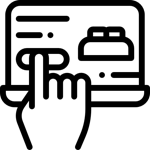 Bookings
BookingsDirect Bookings: Bookings made through your Dashboard by logged-in users with a FareHarbor account. For example, when a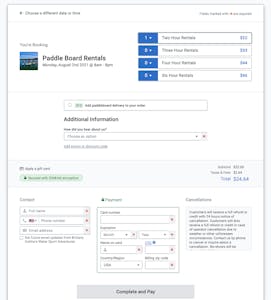 customer calls your office to make a reservation for an activity and one of your employees makes the booking directly.
customer calls your office to make a reservation for an activity and one of your employees makes the booking directly.
Online Bookings: Bookings made online by customers using the Lightframe on a website.
Book Form: The form used to collect customer information and create a booking. Book forms can be used by both online users and logged-in Dashboard users.
Contact Information
Payment Methods
Bookings Overview: Overview of customer information for completed bookings. Information includes customer itinerary, customer contact information, customer payment information, and any reseller information (if applicable).
Availability Overview: The availability overview contains everything you need to know about a specific date and time on your calendar. You can view information such as booked customers and crew assignments, and you can change settings like capacity or online bookings status.
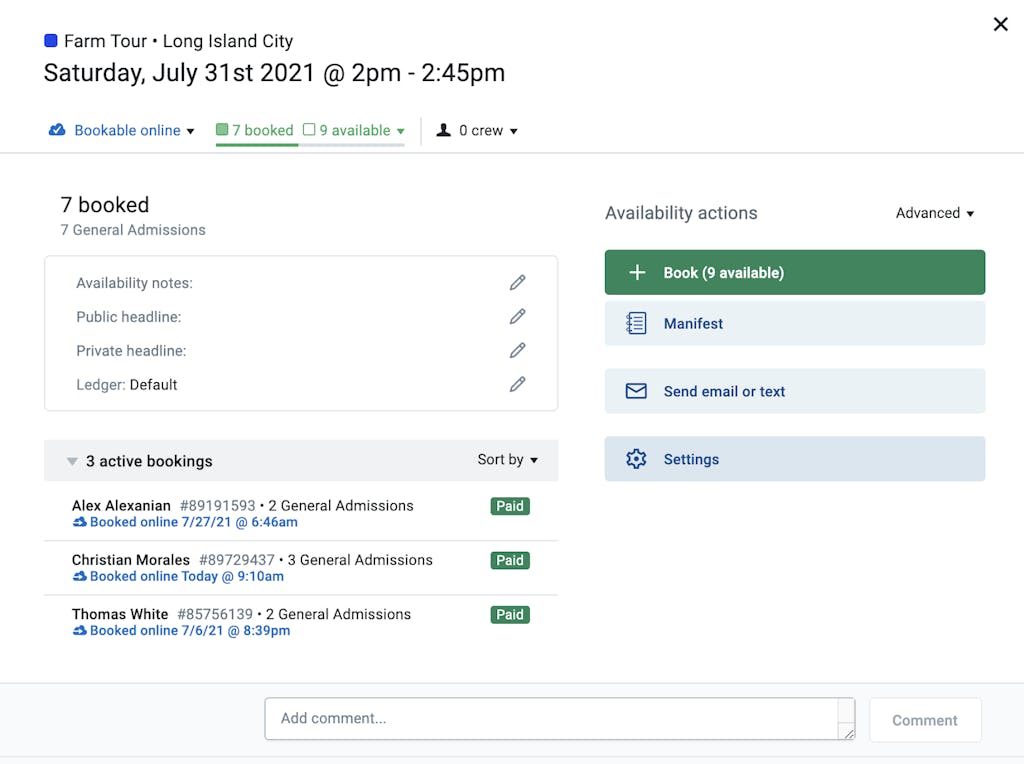
Availability Updater: The Availability Updater allows you to edit large segments of the calendar at once. This tool can be used to edit availability settings such as Booking Status, Start Time, Length, Crew Members, etc. It can also be used to update availabilities across multiple items at once.
Manifest: The Manifest shows detailed booking information for any given calendar date, including Contact Information, Booking Notes, Check-in Status, Custom Field information, and Availability Information. This page is customizable and can be automatically sent to the email address of your choosing through User Notifications. It also provides shortcuts to each customer’s overview page and availability overview page.
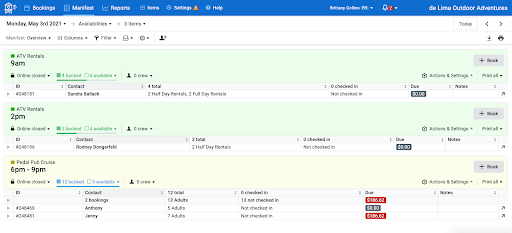
Booking Flows: These allow you to organize your items into categories or groups, which can be used to help customers navigate through your online booking process. Flows are completely customizable and can contain as many different items or pages as you’d like.
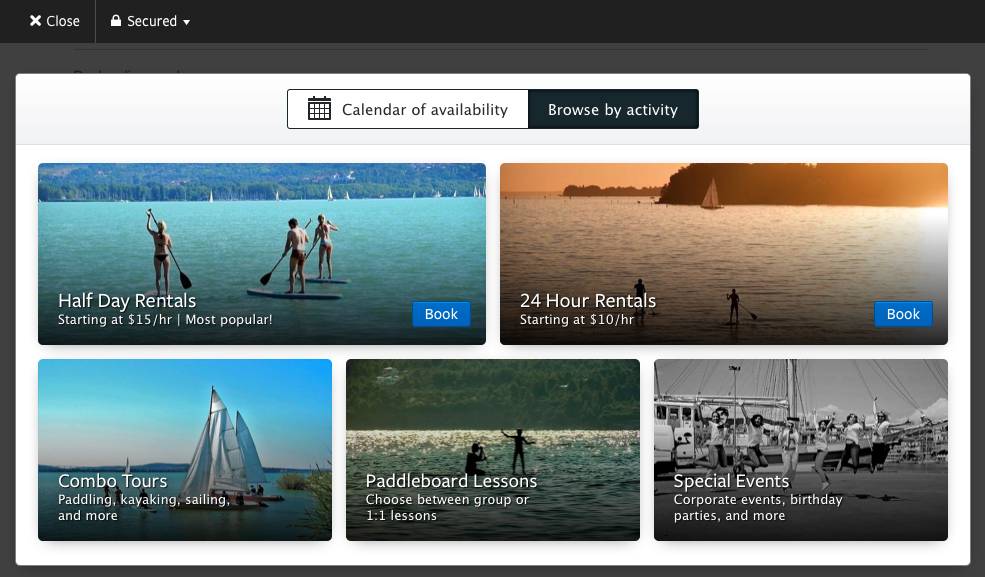
Lightframe: The Lightframe is the portal through which customers make online bookings. After a customer clicks a book button or generated embed, the Lightframe will overlay on your webpage without redirecting to a new URL. Customers will be able to browse your offerings and complete their reservation without leaving your website.
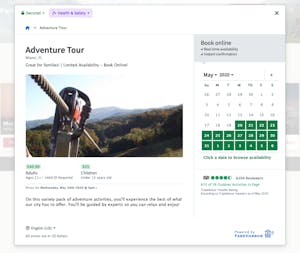
Now you’re ready to tackle more advanced parts of the Dashboard, like item settings, customer types, and reporting options. Visit FH Terminology Part 2: Items, Settings & Reports.